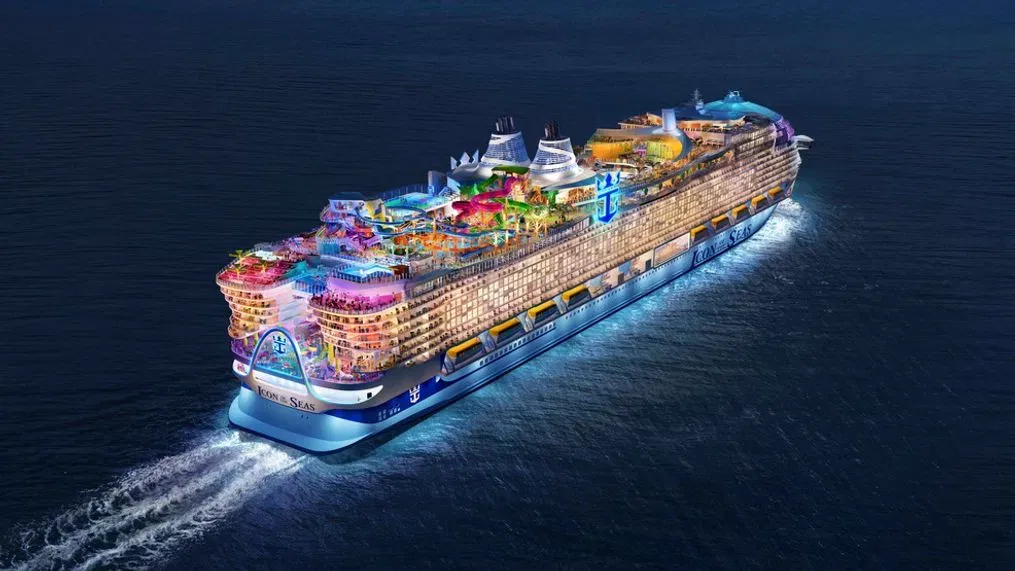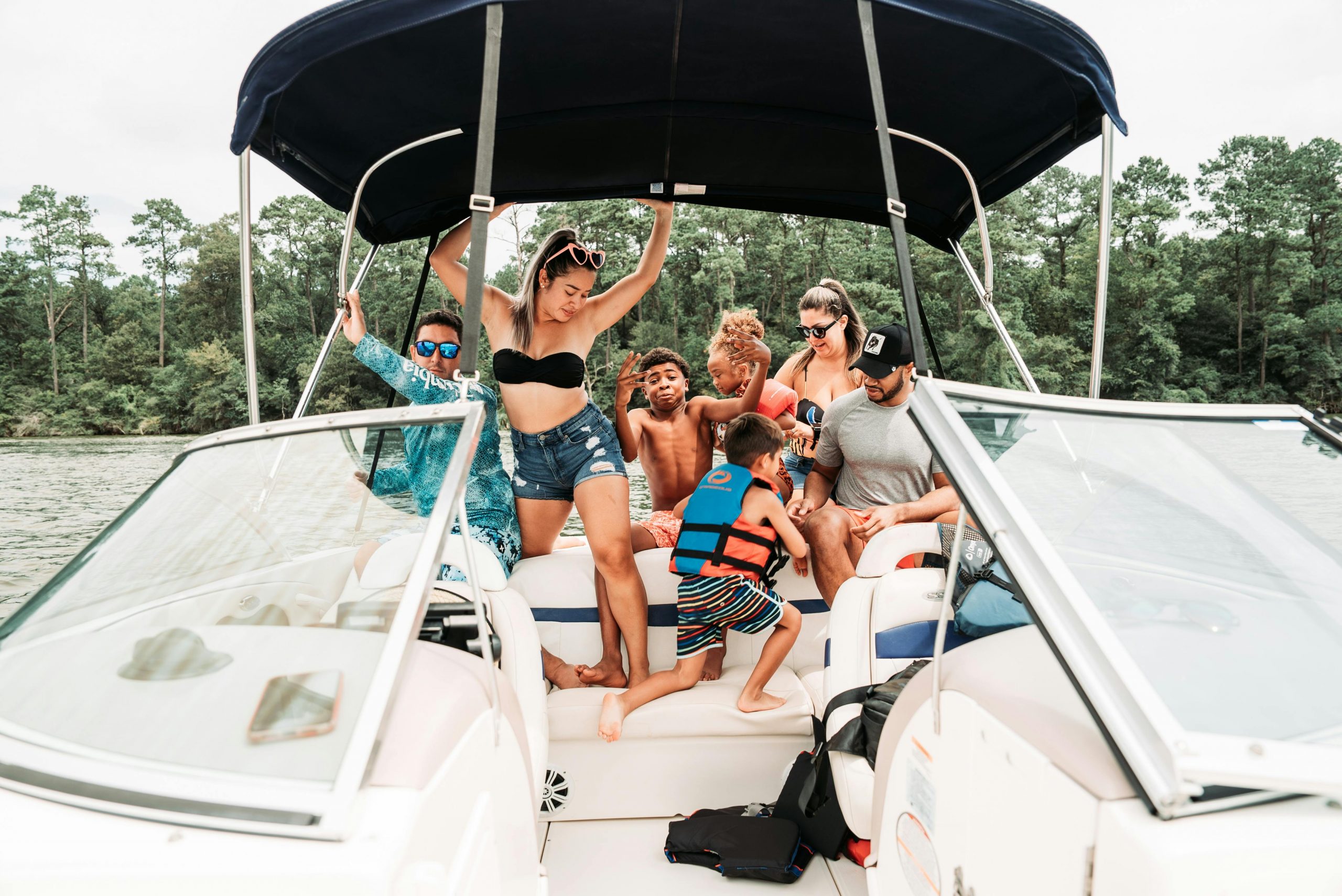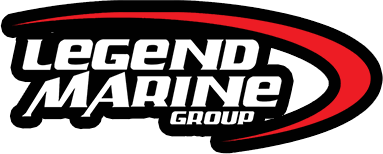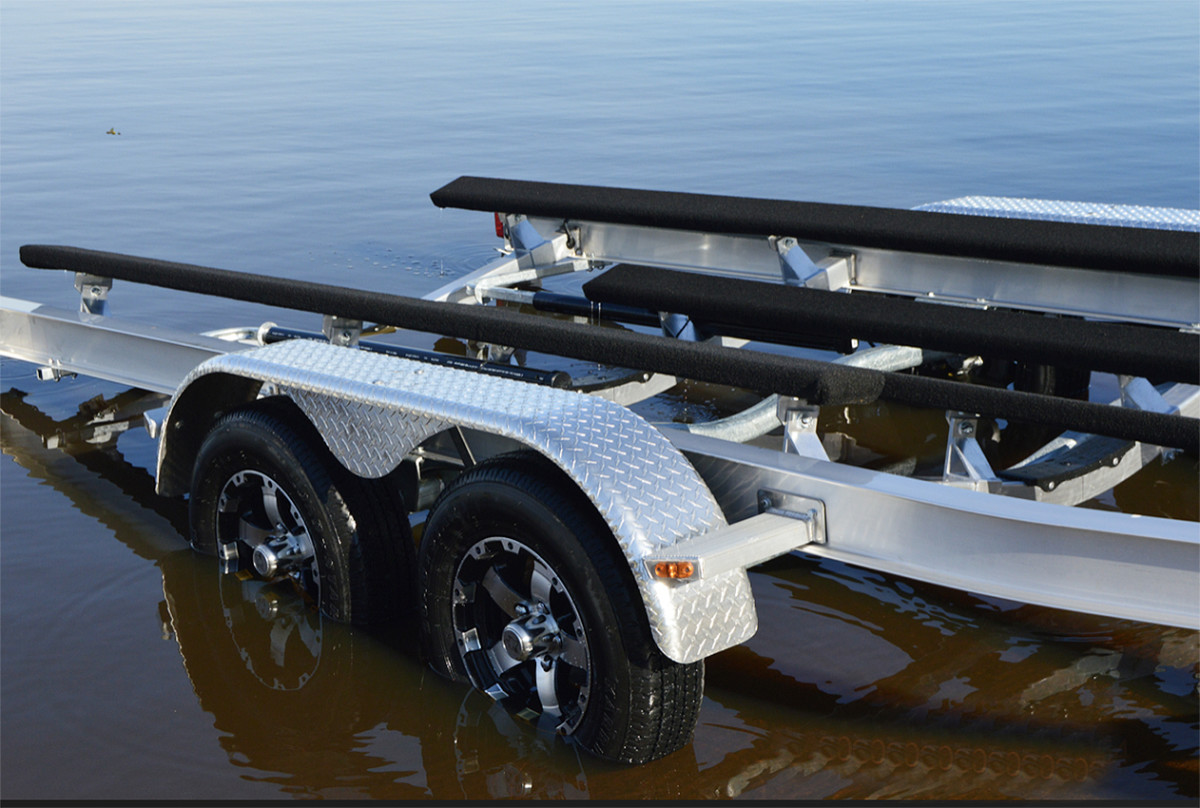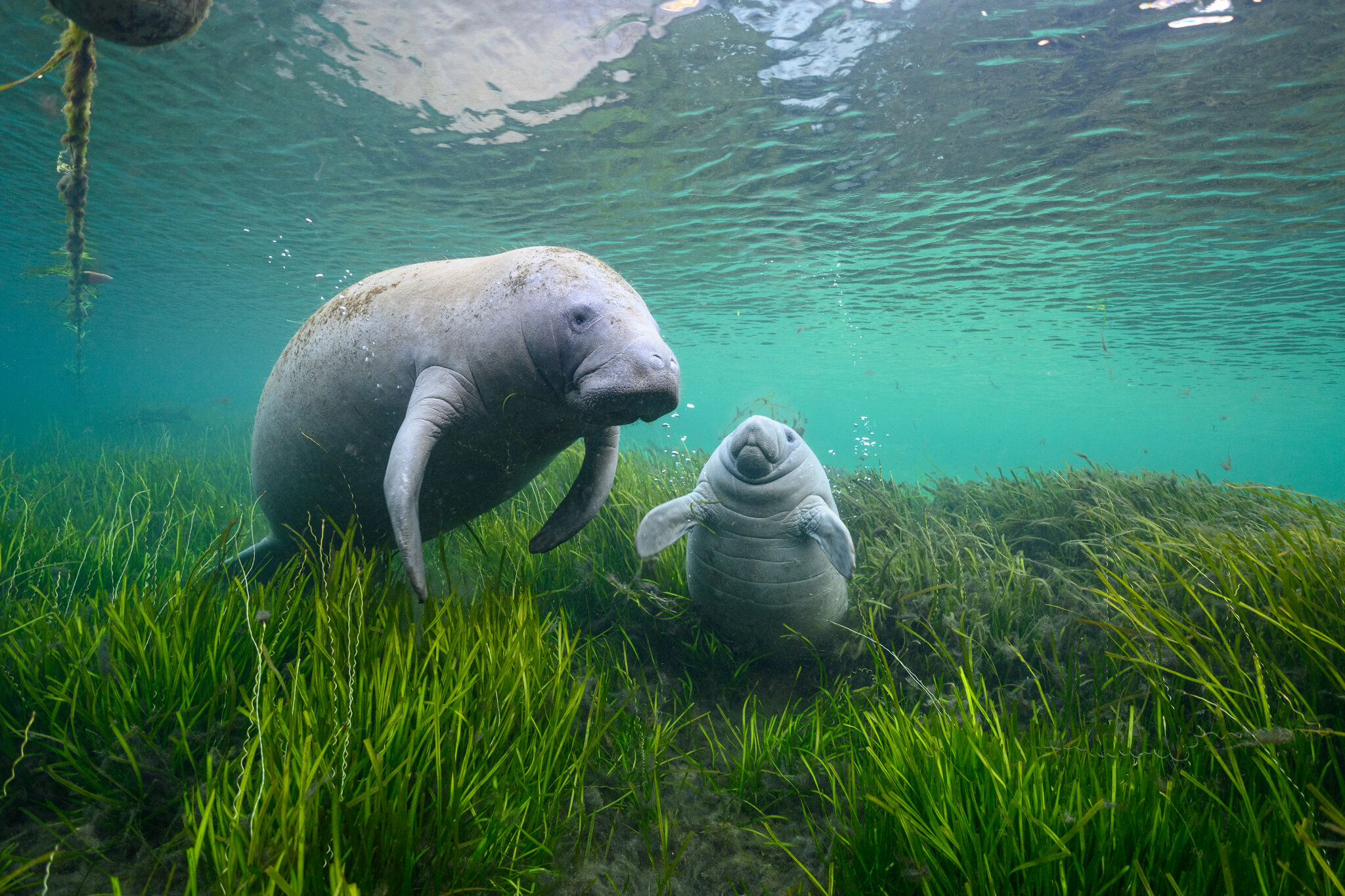Boat ED- Ultimate Guide: Mastering Watercraft Safety and Skills
Boating is a popular recreational activity enjoyed by countless individuals worldwide, but it also comes with various safety concerns and legal requirements. To ensure the safety of those onboard and others sharing the waterways, boating education has become a vital aspect of responsible boating practices. Boat Ed, a leading provider of online boating safety courses, offers an in-depth solution for aspiring and experienced boaters seeking to enhance their knowledge and meet the necessary requirements.

With state-approved courses developed in collaboration with boating safety agencies, Boat Ed ensures that its educational resources are up-to-date and comprehensive. The courses offered by Boat Ed are recognized by the National Association of State Boating Law Administrators (NASBLA), Transport Canada, and the U.S. Coast Guard, providing a high level of credibility and trustworthiness. From learning about navigation and safe operation to understanding specific legal requirements, Boat Ed's ultimate guide serves as an invaluable resource for anyone seeking to enjoy their time on the water with confidence and expertise.
Types of Boats
Bass Boat
Bass boats are designed specifically for bass fishing, typically in freshwater environments. These boats are typically 16 to 25 feet in length and feature a V-shaped hull, allowing them to navigate easily through shallow waters. Some common characteristics of bass boats include powerful outboard engines, swivel chairs for anglers, and specialized storage compartments for fishing gear. These boats are perfect for those who want a dedicated, high-performance fishing vessel.
Bowrider
Bowrider boats are designed with an open bow and are versatile for various recreational activities such as water sports, cruising, and entertaining. The boats are usually between 16 and 30 feet in length and feature a V-shaped hull, allowing them to handle various water conditions. Bowriders typically have spacious seating arrangements, ample storage space, and powerful engines that cater to water activities like waterskiing and wakeboarding.

Center Console
Center console boats get their name from the centrally positioned console, which houses the steering and control mechanisms. These boats are popular for their 360-degree maneuverability, providing an excellent platform for fishing and water sports. They generally range from 18 to 40 feet in length and are constructed with a deep-V hull, making them suitable for offshore fishing in both freshwater and saltwater environments.
Cuddy Cabin
Cuddy cabin boats provide a small cabin space in the bow, allowing for more storage or a place to take shelter from the elements. These boats can be used for various purposes, including fishing, cruising, and water sports. Cuddy cabin boats are often family-friendly and range in length from 20 to 30 feet. They feature a V-shaped hull for smooth navigation in diverse water conditions.
Deck Boat
Deck boats offer a spacious, open deck area, making them ideal for entertaining and socializing. These boats typically have a large seating capacity and are versatile for various water activities such as cruising, fishing, and water sports. Deck boats usually range from 18 to 30 feet in length and feature either a V-shaped or a modified V-shaped hull that allows for better stability and a smoother ride in various water conditions.
Cruiser
Cruiser boats are designed for longer trips and comfortable accommodations, making them perfect for those looking for extended voyages or weekend getaways. Cruisers are typically powered by inboard or sterndrive engines and can range in size from 30 to 50 feet in length. These boats usually feature a V-shaped or modified V-shaped hull, ensuring smooth navigation on open waters.
Yacht
Yachts are luxurious, high-end boats ranging in size from 40 feet up to several hundred feet in length. They are usually powered by inboard or diesel engines and offer various amenities, including cabins, bathrooms, and entertainment facilities. Yachts can be used for long-distance cruising, fishing, or recreational activities, depending on their design and features. Ocean-going yachts tend to have deep V or displacement hulls for better open water navigation and stability.
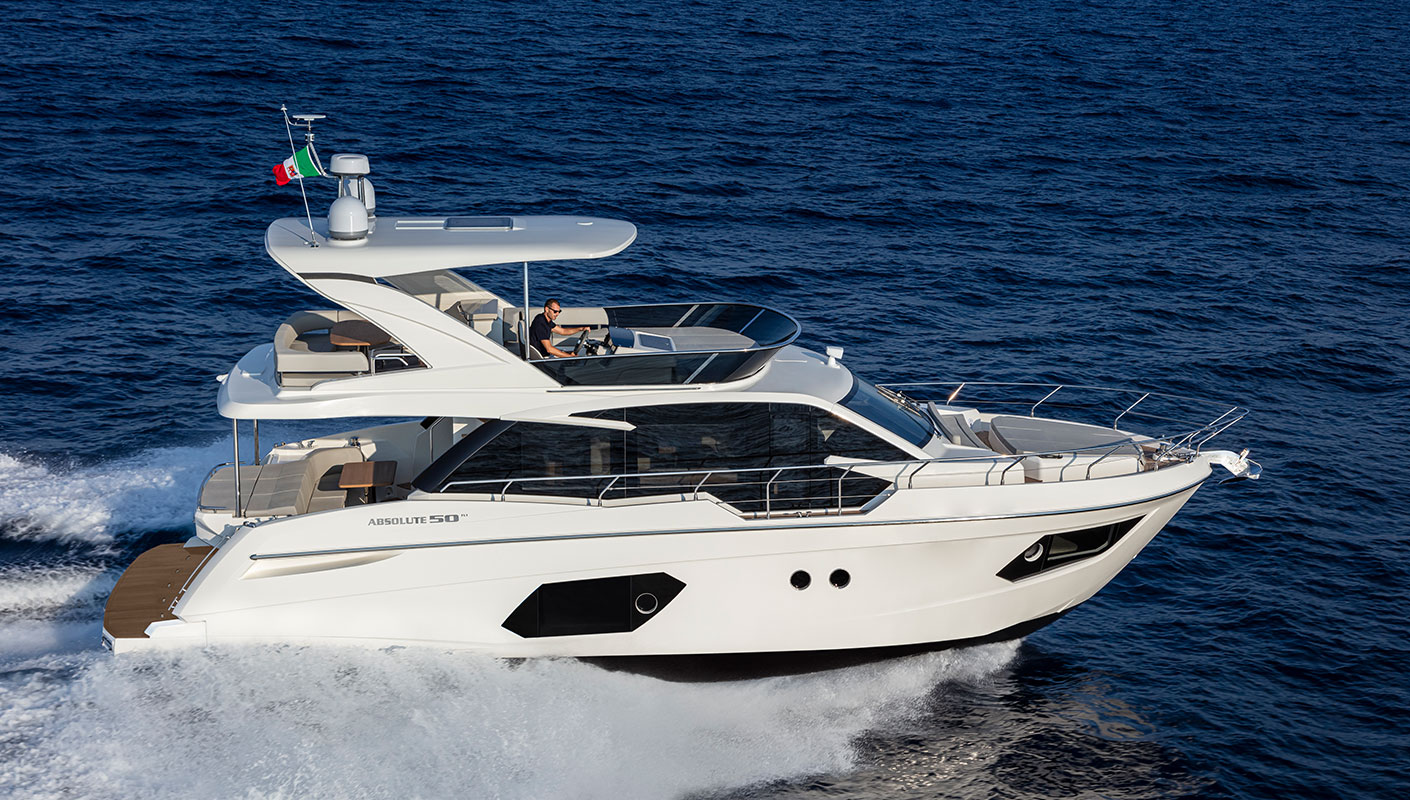
Boat Size and Performance
When considering the purchase of a boat, one must take into account both the size and performance of the vessel. Boat size largely depends on two factors: the number of people you wish to accommodate and the intended use of the boat. The range of boat sizes varies significantly, from small personal watercraft to larger vessels that can carry 20 or more passengers.
For recreational purposes, like skiing and wakeboarding, a ski boat is often ideal. These boats generally hold 2-6 people comfortably and are designed for high speed and agility on the water. Some popular ski boat sizes for efficient performance include:
- 17-21 feet - These smaller ski boats are easily maneuverable and perfect for towing skiers and wakeboarders in close quarters or on smaller bodies of water.
- 22-26 feet - Boats in this size range offer more spacious accommodations and can handle larger groups of people while still offering excellent performance for watersports enthusiasts.
For those who enjoy fishing, boat size requirements may differ. Inshore fishing typically demands a smaller vessel, with boats around 15-20 feet being popular for this purpose. On the other hand, offshore fishing requires larger, more robust boats, with sizes above 30 feet being the norm to handle rougher seas.
Performance boats, also known as speed boats, are another category to consider. These boats are designed for high speed and offer superior handling capabilities. V-bottom performance boats can range in size from 21 feet to over 50 feet, allowing boaters to choose the optimal length for their specific needs. Longer performance boats tend to offer higher top speeds and can handle more challenging sea conditions.
It's also important to note that different states may have specific boating safety courses and licensing requirements. These courses often cover essential topics such as boat classes, navigation, and safety measures tailored to the size and type of the boat being used.
In summary, when it comes to boat size and performance, both the vessel's intended use and the boater's individual needs and preferences should be carefully considered. This will help ensure a satisfactory boating experience for all.

Inboard and Outboard Engines
Inboard and outboard engines are the two primary types of propulsion systems used in boats. Each system has its own unique advantages and applications.
Outboard Engines
Outboard engines are portable, self-contained units that include an engine, gear case, and propeller. They are attached to the transom of a boat, which means they are located outside the hull. Outboard engines are popular for their ease of maintenance and portability. A growing number of outboard engines are designed with four-stroke technology, while many are still conventional two-stroke engines that burn oil as a lubricant along with the fuel.
Some advantages of outboard engines include:
- Easy access for maintenance and repairs
- Less space required in the boat's interior
- Can be lifted out of the water when not in use, reducing wear and drag
Inboard Engines
Inboard engines, on the other hand, are four-stroke automotive engines adapted for marine use. These engines are mounted inside the hull's midsection or in front of the transom. The inboard engine connects to a drive shaft that runs through the bottom of the hull and is attached to a propeller at the other end.
Some advantages of inboard engines include:
- Greater fuel efficiency compared to two-stroke outboard engines
- Generally quieter operation
- More space on the boat's transom for additional features or storage
To decide between an inboard and outboard engine, consider factors such as the size of your boat, your desired speed, and how much space you have available on board. Smaller boats, typically below 25 feet, often have outboard engines, while larger vessels tend to use inboard engines. Boat owners should also take into account the ease of servicing and accessibility for each engine type.
Both inboard and outboard engines have their own advantages and limitations, but choosing the right engine ultimately depends on your boating needs and preferences.
Boating Education and Safety
Boating education and safety are essential aspects for every boater to ensure smooth and safe experiences on the water. The National Association of State Boating Law Administrators (NASBLA) is a non-profit organization that establishes nationally recognized boating education standards in the United States. NASBLA works closely with government bodies like the U.S. Coast Guard to develop and maintain a comprehensive set of boating safety courses and certifications.
One of the best resources for boating courses and certifications is Boat Ed, a leading provider of recreational boating education materials. They offer online boating and hunting safety courses that are officially recognized by all 50 U.S. states. These courses are designed considering the latest boating laws and regulations, ensuring that participants obtain necessary knowledge and skills to operate boats safely and responsibly.
In addition to working with NASBLA, the U.S. Coast Guard is also involved in ensuring boating safety by providing resources like the BoatUS Foundation's Boating Safety Study Guide. Developed in partnership with the National Safe Boating Council and boating professionals, this comprehensive study guide is designed to help boaters expand their knowledge of safety regulations and best practices while on the water.
Transport Canada, the federal department responsible for transportation policy and regulations in Canada, supports boating safety initiatives by providing a framework for boater education and certification. This includes the mandatory Pleasure Craft Operator Card, which can be obtained by successfully completing a boating safety course and passing the associated exam.
Overall, there are numerous resources available to boaters who wish to learn and improve their knowledge of boating safety and regulations. Key organizations like NASBLA, Boat Ed, the U.S. Coast Guard, and Transport Canada ensure that boating enthusiasts have access to accurate and up-to-date information, helping create a safer environment on the water for everyone.
- NASBLA: Develops nationally recognized boating education standards in the U.S.
- Boat Ed: Provides online boating safety courses recognized by all 50 states
- U.S. Coast Guard: Works with organizations like NASBLA to maintain boating safety
- Transport Canada: Offers boater education and certification for Canadian boaters
Fishing Boats
Fishing boats come in various styles and sizes, providing anglers with many options to enjoy their favorite pastime. This section will explore some popular types of fishing boats, focusing on their use in three main fishing environments: freshwater, inshore, and offshore fishing.
Freshwater Fishing
Freshwater fishing boats are specifically designed for activities in lakes, rivers, and streams. One popular option for freshwater anglers is the bass boat, which usually accommodates 2-6 people comfortably. These boats are built for speed, allowing anglers to cover large areas quickly. They also have special features such as casting decks and trolling motors for improved maneuverability and fishing efficiency.
Another choice for freshwater fishing is the jon boat, a versatile and affordable option. Jon boats are known for their flat-bottom design, which provides stability in shallow waters. They are popular among anglers looking for a simple, no-frills boat that can be used for various activities, including fishing, waterfowl hunting, and even gator wrangling.
Inshore Fishing
Inshore fishing boats are designed for use in coastal waters, typically within a few miles of the shoreline. One popular inshore fishing boat is the center console boat. These boats provide a 360-degree fishing platform, allowing anglers to cast from any side of the vessel. They also have a central helm for easy maneuverability and excellent sightlines. Center console boats are suited for various inshore fishing activities, from chasing redfish in the shallows to targeting larger species near reefs and wrecks.
Another option for inshore fishing is the bay boat, a versatile vessel ideal for shallow water fishing in protected coastal areas. These boats often feature a shallow draft and a moderate V-shaped hull, allowing them to navigate shallow water while providing a smooth ride in choppy conditions.
Offshore Fishing
For anglers seeking adventures in deeper waters, offshore fishing boats are built to handle rough seas and long distances. Some common types of offshore fishing boats include:
- Flybridge boats: These boats feature an elevated helm station on top of the cabin, providing excellent visibility and control while navigating offshore waters. They also offer ample fishing space and advanced marine electronics for locating fish.
- Convertible boats: Designed for both comfort and fishing prowess, these boats have spacious cabins for overnight trips and large open cockpits for serious angling. They often boast powerful engines for reaching distant fishing grounds.
- Express sportfishing boats: These vessels prioritize speed and maneuverability, allowing anglers to quickly reach their desired fishing spots. They also offer comfortable cabins and fishing amenities but in a more compact design compared to flybridge and convertible boats.
Selecting the right fishing boat depends on various factors, including the type of fishing environment, the angler's preferred activities, and the desired level of comfort and performance.
Buying a Boat
Price Considerations
When buying a boat, it is essential to determine your budget before beginning the search process. Factors such as boat type, size, and whether you want a new or used model can greatly influence the overall cost. It is essential to remember that the purchase price is only one part of your total boating expenses. Additional costs include maintenance, fuel, storage, and required safety equipment. Keep in mind that financing options are available for those who do not have the full purchase price upfront. By carefully considering your budget and the costs associated with boat ownership, you can find the perfect craft to fit your needs and lifestyle.
Boat Insurance
Acquiring proper boat insurance is another crucial aspect when purchasing a boat. The type of coverage you will need depends on the boat and how you intend to use it. Some policies cover physical damage to the boat, motor, and trailer, while others may include liability coverage for injuries or property damage incurred while using the boat. Additionally, some insurance policies offer coverage for theft, vandalism, and natural disasters. It is essential to research different providers and policies to find the perfect balance between affordability and comprehensive coverage.
Boat Shows
Attending boat shows can be an excellent way to gain further knowledge about buying a boat. At these events, you'll have the opportunity to explore numerous new and used boats, compare different models and brands, and speak directly with dealers and manufacturers. Boat shows often offer significant discounts and promotions, making them a perfect time to buy. To maximize your experience, be prepared with your budget and boat type preferences in mind. By attending a boat show, you can gather valuable information to help you make an informed decision when purchasing your boat.

Boating Activities
When it comes to boating, there are various activities to enjoy on the water. In this section, we will discuss two popular boating activities: Cruising and Water Sports.
Cruising
Cruising is a leisurely activity that allows boaters to explore various waterways and coastlines. It is an excellent opportunity to disconnect, relax, and enjoy the natural surroundings. Here are some tips for a successful cruising experience:
- Plan your route: Before embarking on a cruise, study the waterways and prepare a navigation plan, identifying potential marinas, anchorages, and fuel stops.
- Weather awareness: Keep an eye on the weather forecast and be prepared to adjust your plans as necessary. Boat-ed offers resources on navigation and safe operation that can help you prepare for changing conditions.
- Proper provisioning: Ensure you have enough food, water, and essential supplies for the duration of your trip.
- Safety equipment: Make sure your vessel is equipped with appropriate safety gear, including life jackets, fire extinguishers, and signaling devices.
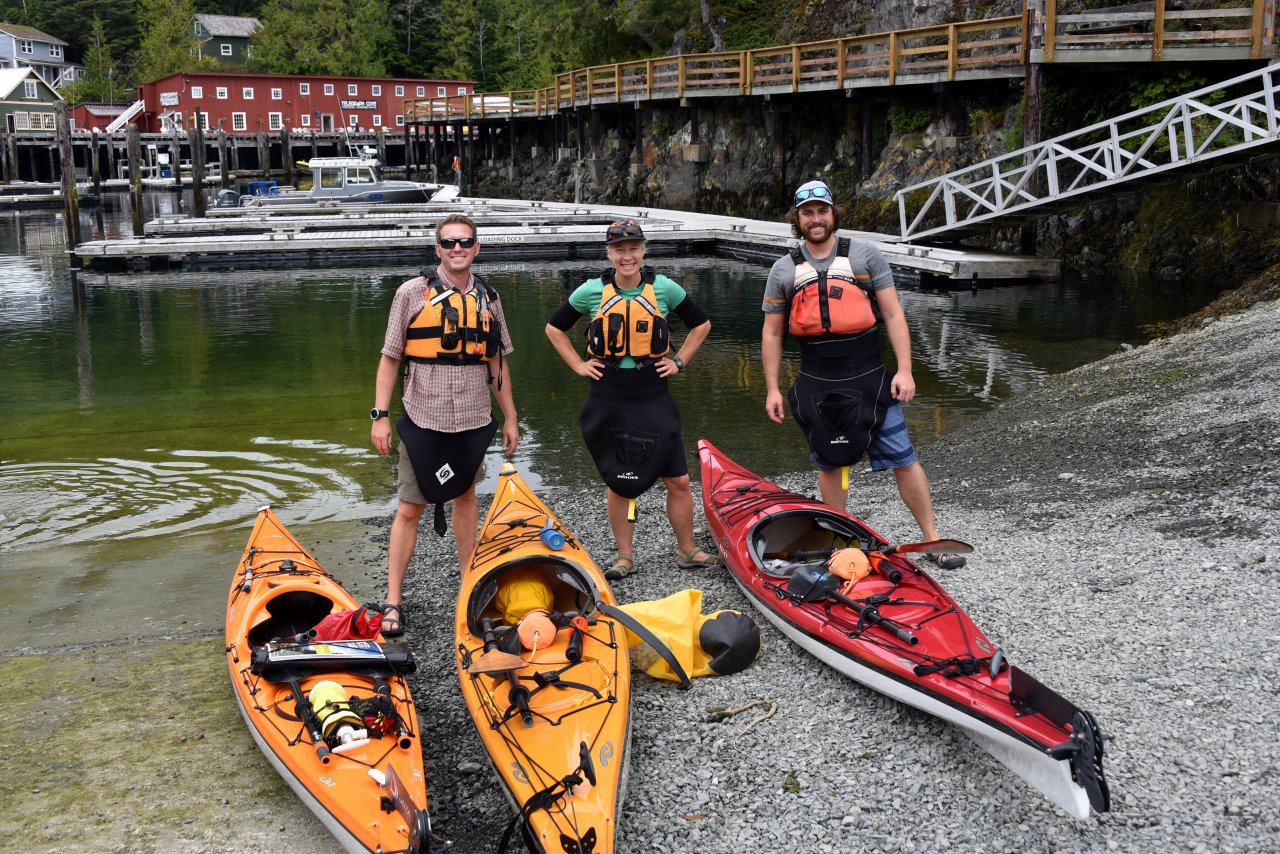
Water Sports
Water sports are exciting and entertaining activities that require skill and often involve an element of thrill. Popular water sports include waterskiing, wakeboarding, and tubing. For a safe and enjoyable experience, consider the following tips:
- Choose the right equipment: Properly fitting life jackets, wetsuits, and sport-specific gear are essential for both comfort and safety.
- Know your skill level: Start with beginner-friendly activities and gradually progress as you become more comfortable and experienced.
- Learn from professionals: Taking lessons or seeking guidance from experienced practitioners can help you improve your technique and build confidence.
- Be mindful of other boaters: Always maintain a safe distance from other vessels and be aware of local regulations regarding wake zones and shared waterways.
With careful planning and preparation, cruising and water sports can provide endless enjoyment for boaters of all skill levels. Remember to always prioritize safety, respect for the environment, and consideration for fellow water enthusiasts.
Free and Dated Information Updates
Boat Ed offers a comprehensive platform for boating enthusiasts to learn more about boating safety and obtain their boating licenses. One of the key aspects of this platform is the availability of free and up-to-date course materials, ensuring that users receive the latest information in boating safety and regulations.
The Boat Ed courses are designed to include the latest information from government boating safety agencies in North America. These free updates keep users informed about any changes in boating laws, guidelines, and safety tips.
A particularly important aspect of free and dated information updates is that they cater to boating license holders who may experience changes in their personal details. For instance, owners who change their address or name are required to update their pleasure craft license within 90 days. Boat Ed makes it easy for such users to access the updated information and comply with the regulations promptly.
In addition to updated course materials, Boat Ed provides access to a Study Guide covering all relevant topics, such as:
- Before getting underway
- Getting out on the water
- Navigation and safe operation
- Regulations and legal requirements
The free and dated information updates from Boat Ed ensure that boating enthusiasts have access to the latest, most accurate information for safe and enjoyable water activities. Furthermore, users can find answers to their questions in the Boat-Ed Support Center, enhancing their overall learning experience. The availability of updated and free course materials shows Boat Ed's commitment to providing boaters with the knowledge and skills they need to navigate the waters safely.
Charlie is Editor-in-Chief of Sea Magazine
